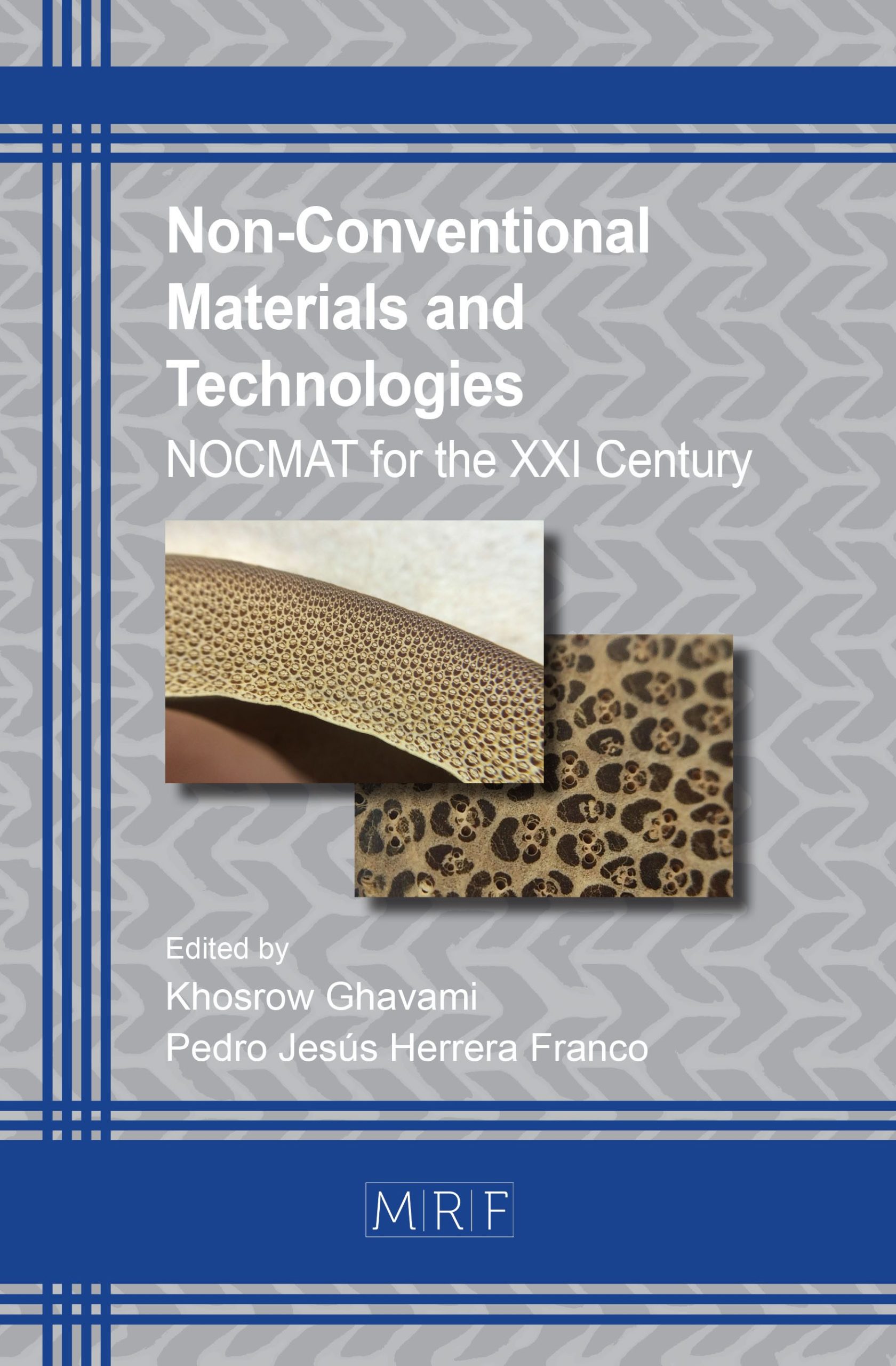Low-Energy Walling for Low-Income Housing in East Africa
T. Thomas
Abstract. Walling comprises much of the mass of Africa low-rise housing). An energy-sustainable walling technology needs to minimise both the volume and the energy-intensity of the materials used. The first requires that walls are thin or hollow. The second requires minimal use of energy-intensive cement or brick-firing firewood. This paper explores the scope for both sorts of minimisation while yet accepting a say 80-year durability requirement and enhancing seismic performance for possible Asian applications. Minimum wall thickness in housing is only weakly determined by load-bearing performance. It is to achieve adequate stiffness and resistance to lateral forces that requires walls to be commonly more than 100mm thick. Thin walls may be stiffened in various ways – most obviously by buttresses and cross walls. Relatively neglected is the use of wavy or stepped (crenelated) wall plans despite their saving up to 40% of the material needed for free-standing walling. The paper therefore explores the material saving potential of non-straight walling.For various reasons ‘stabilised’ soil (SS) – for example formed from an earthen mix containing about 6% cement – is regarded as more attractive than plain soil. Moreover the need to use densification, by application of high pressure, points away from rammed earth’ construction and towards the use of masonry. Such units are assembled using cement-intensive mortar but there is scope for mortarless construction as is already in use in several African countries. The paper assesses the viability of mortarless walling.Finally the paper considers the option of combining pressed, but very lean, SS blocks with mortar and renders that have been reinforced with natural fibres to enhance their shear strength and crack resistance.
Keywords
Walling, Masonry, Africa, Low-cost, Housing
Published online , 9 pages
Copyright © 2018 by the author(s)
Published under license by Materials Research Forum LLC., Millersville PA, USA
Citation: T. Thomas, ‘Low-Energy Walling for Low-Income Housing in East Africa’, Materials Research Proceedings, Vol. 7, pp 139-147, 2018
DOI: http://dx.doi.org/10.21741/9781945291838-14
The article was published as article 14 of the book Non-Conventional Materials and Technologies
References
[1] Gooding D E M, Improved processes for the production of soil-cement building blocks. PhD thesis, Warwick University, 1994
[2] Kintingu SH, Design of interlocking bricks for enhanced wall construction flexibility, alignment accuracy and load bearing, PhD thesis, Warwick University, 2009
[3] Russell Gentry T et al, ‘Parametric design, detailing and structural analysis of doubly-curved load-bearing block walls’, 11th Canadian Masonry Symp, Toronto, Canada, 2009
(contact lead author via College of Architecture, Georgia Inst Tech, Atlanta)
[4] Remo P, Eladio Dieste – The Engineer’s Contribution to Contemporary Architecture, Thomas Telford Pubs.(ICE, London) , 2000. (see also the Dieste Wikipedia entry: https://en.wikipedia.org/wiki/Eladio_Dieste)































